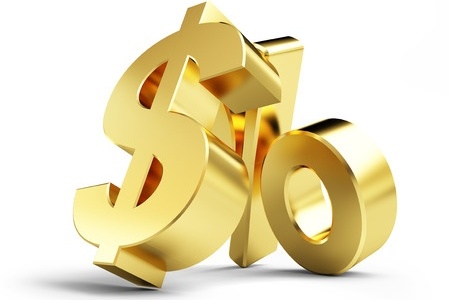
What Does the Fed’s Rate Hike mean for Mortgage Rates
The Federal Reserve lifted the federal funds rate by a quarter percentage point to a range of 1.75 percent to 2 percent.
Two more rate hikes are expected this year.
If you’re a homeowner with a fixed-rate mortgage, rest easy. If you’re a homebuyer and are shopping for a fixed-rate loan, don’t panic. But if you have an adjustable-rate mortgage or took out a home equity line of credit, pay close attention.
ARMs and HELOCs will be more costly
Borrowers with adjustable-rate mortgages that are past the fixed-rate period or home equity lines of credit can expect to see higher rates very soon.
“Based on what we know about the recent past and on what we expect, we know that we’re in a rising interest rate environment,” says Mark Hamrick, senior economic analyst at Bankrate. “That means anyone, including those who have adjustable-rate mortgages and HELOCs, which tend to be variable, will be facing higher payments in the future (if they haven’t been already).”
These loans are typically tied to the prime rate. When the federal funds rate changes, the prime rate does as well. That means a quarter-point Fed increase means a quarter-point increase on HELOCs within the next couple of statement cycles.
The best course of action for HELOC and ARM borrowers is to prepare for refinancing. That might mean actively improving your credit score or working with a financial institution. The sooner you refinance out of adjustable-rate loans, the better for your bottom line, Hamrick says.
“Without being focused on the precise number of rate hikes, most consumers, borrowers, savers and even investors would be well-advised to be aware of the likely direction of rates, meaning higher, and to prepare and act accordingly,” Hamrick says.
Rates on longer-term mortgages to gradually rise
Interest rates on 15-year and 30-year fixed-rate mortgages don’t move in lock-step with the federal funds rate. These loans are tied to 10-year Treasuries, so borrowers looking to get a 30-year mortgage aren’t directly affected by the latest Fed hike.
However, the federal funds rate does contribute to the longer-term trends of the 10-year Treasury, and long-term fixed mortgages as a result. With the Fed likely lifting rates multiple times over the next couple of years, the trend for long-term mortgage rates is up.
Some experts predict that the Fed’s rate hikes, along with a strong economy and growing deficits, will push the average 30-year fixed mortgage rate to 5 percent in the next couple of years. It would be the first time it’s hit the 5 percent mark since April 2011, according to Bankrate data.
“What Federal Reserve officials say is true: Every meeting is live, meaning they can make a rate change almost any time, but they also don’t want to shock markets, unless facing truly extreme circumstances,” Hamrick says. “So they will continue to try to provide some degree of guidance regarding future likely rate moves, particularly going out about three years. For the foreseeable future, the Fed is telling us that we should brace for a continued rising trajectory of rising rates.”
Consumers who are on the fence about getting a mortgage should act sooner rather than later to make sure they get the lowest rate possible.
Source: Bankrate.com by Natalie Campisi




